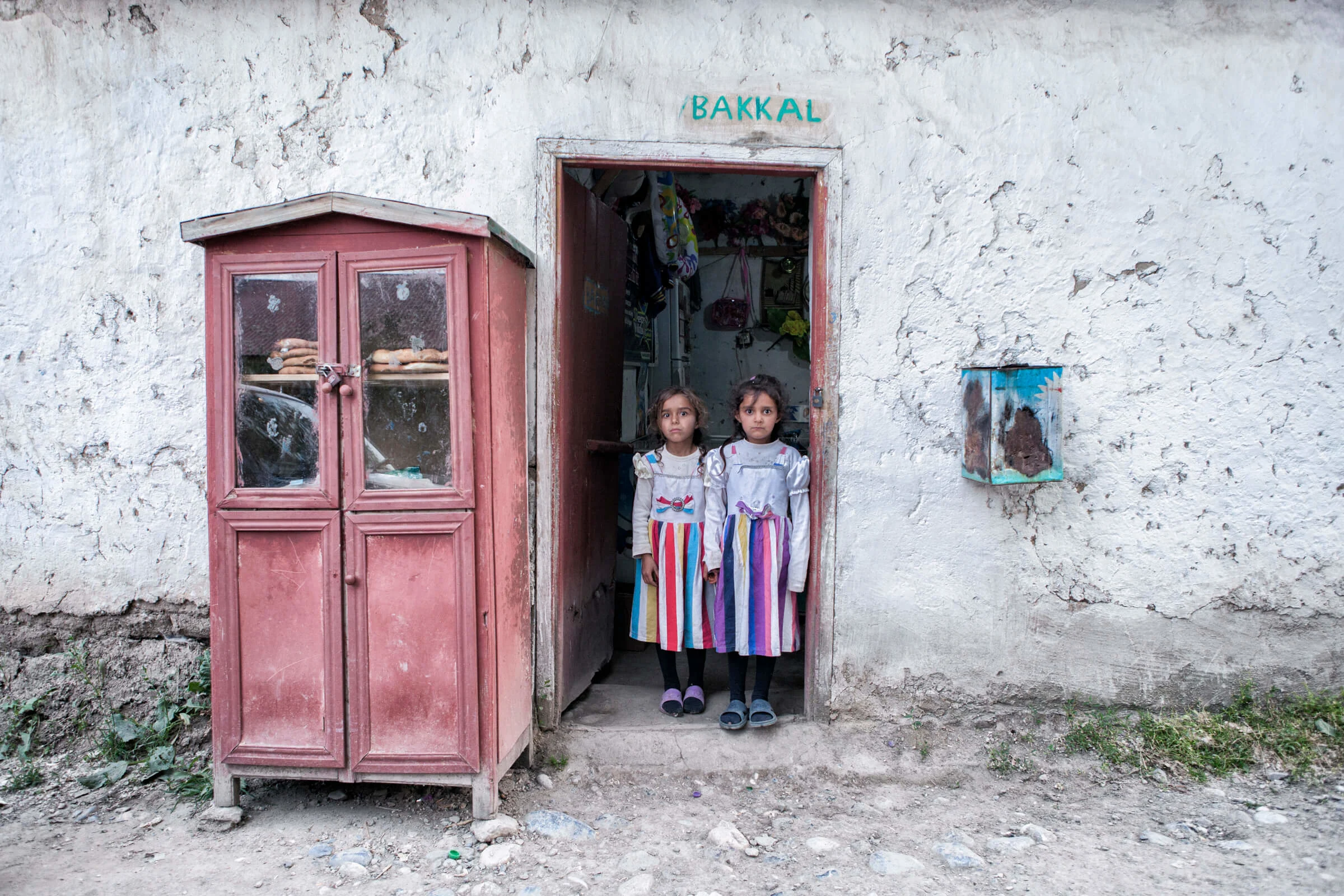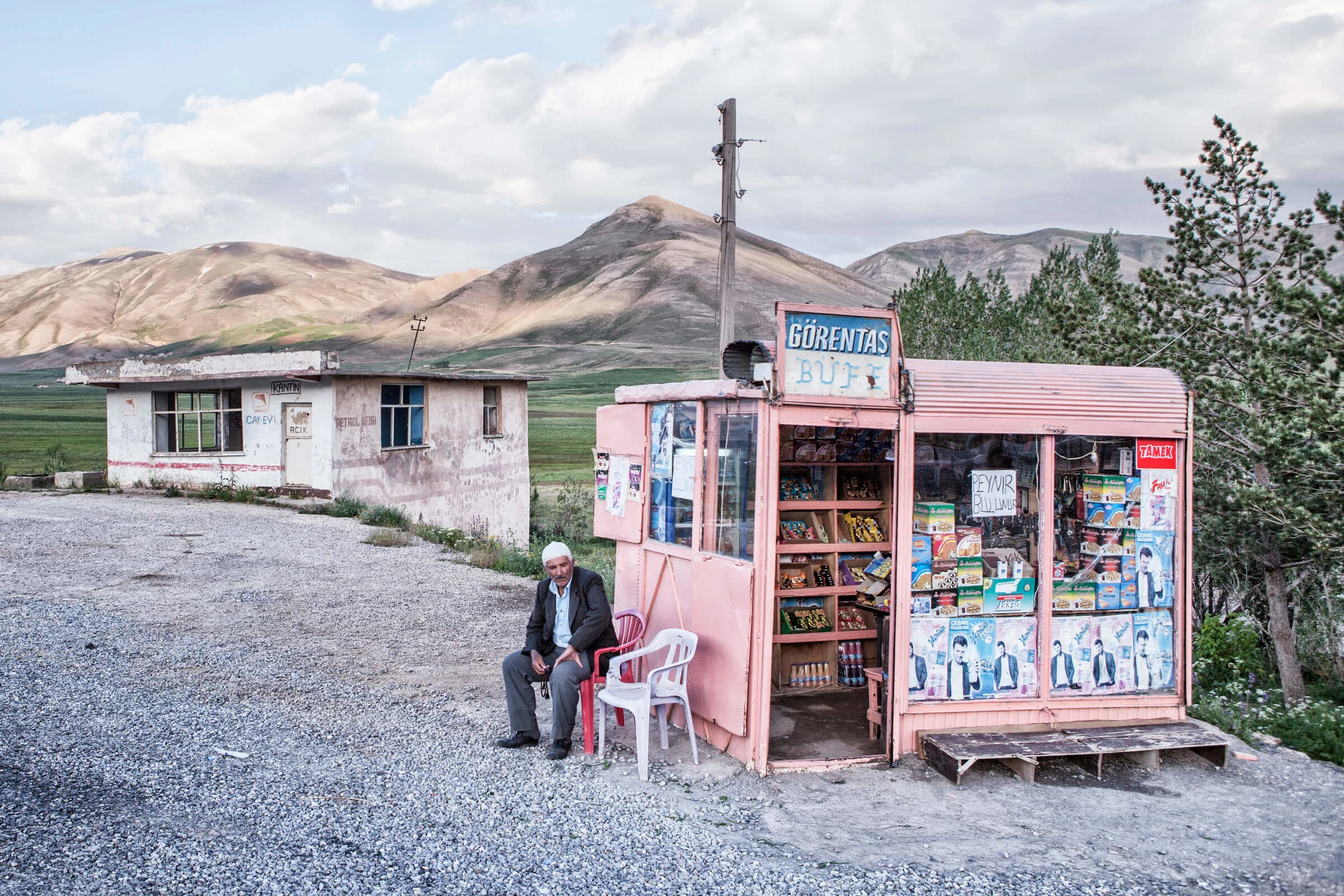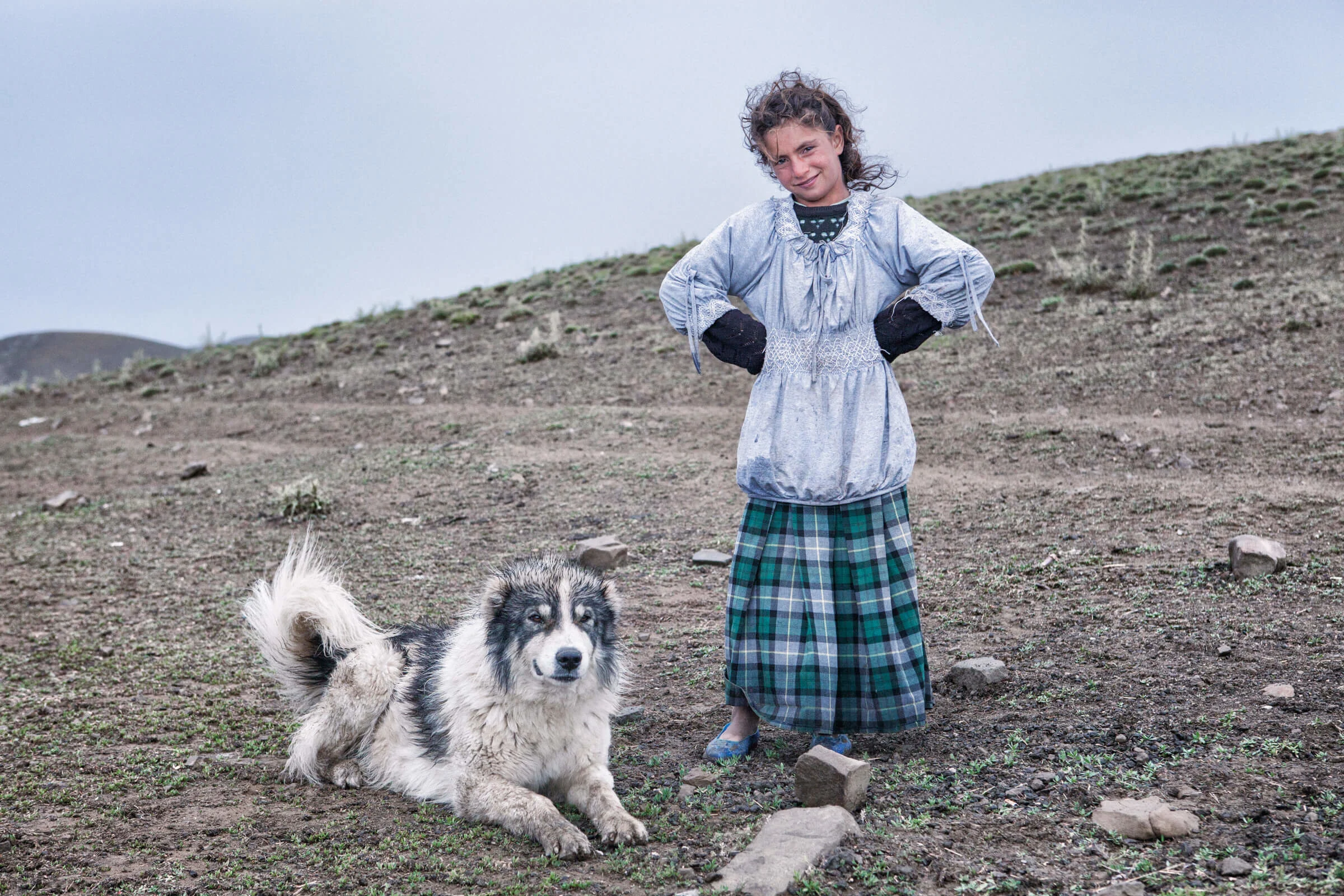
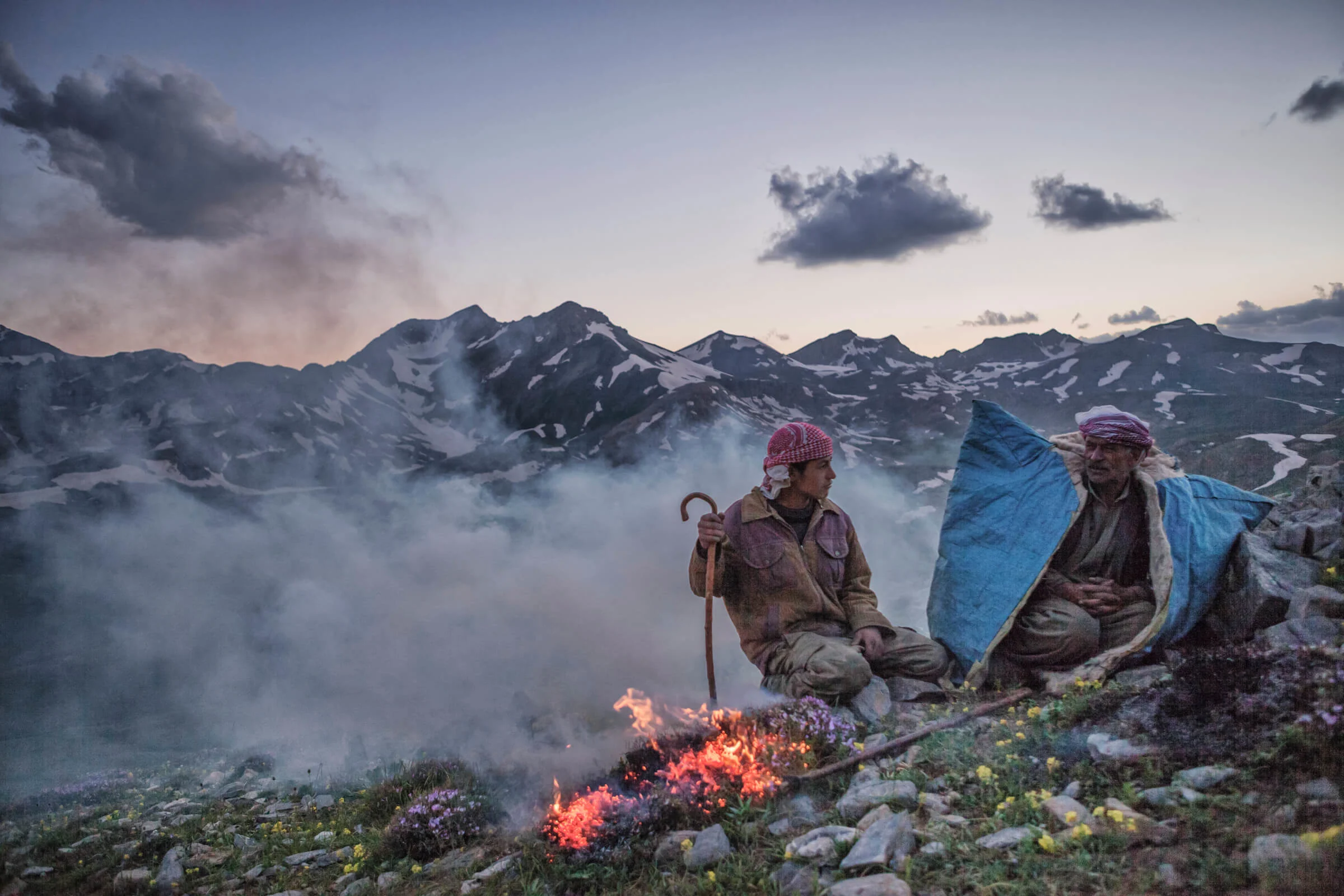
When Nadir Bucan started to take photographs in 1999, digital photography had not yet taken over. Having attended a Basic Photography class during his time at Ankara University, he bought an analog camera and began to learn the ropes.
From the start, he was fascinated by every part of the process. “Watching a photograph develop gradually in the solution in the darkroom was a mesmerizing experience for me,” he says.

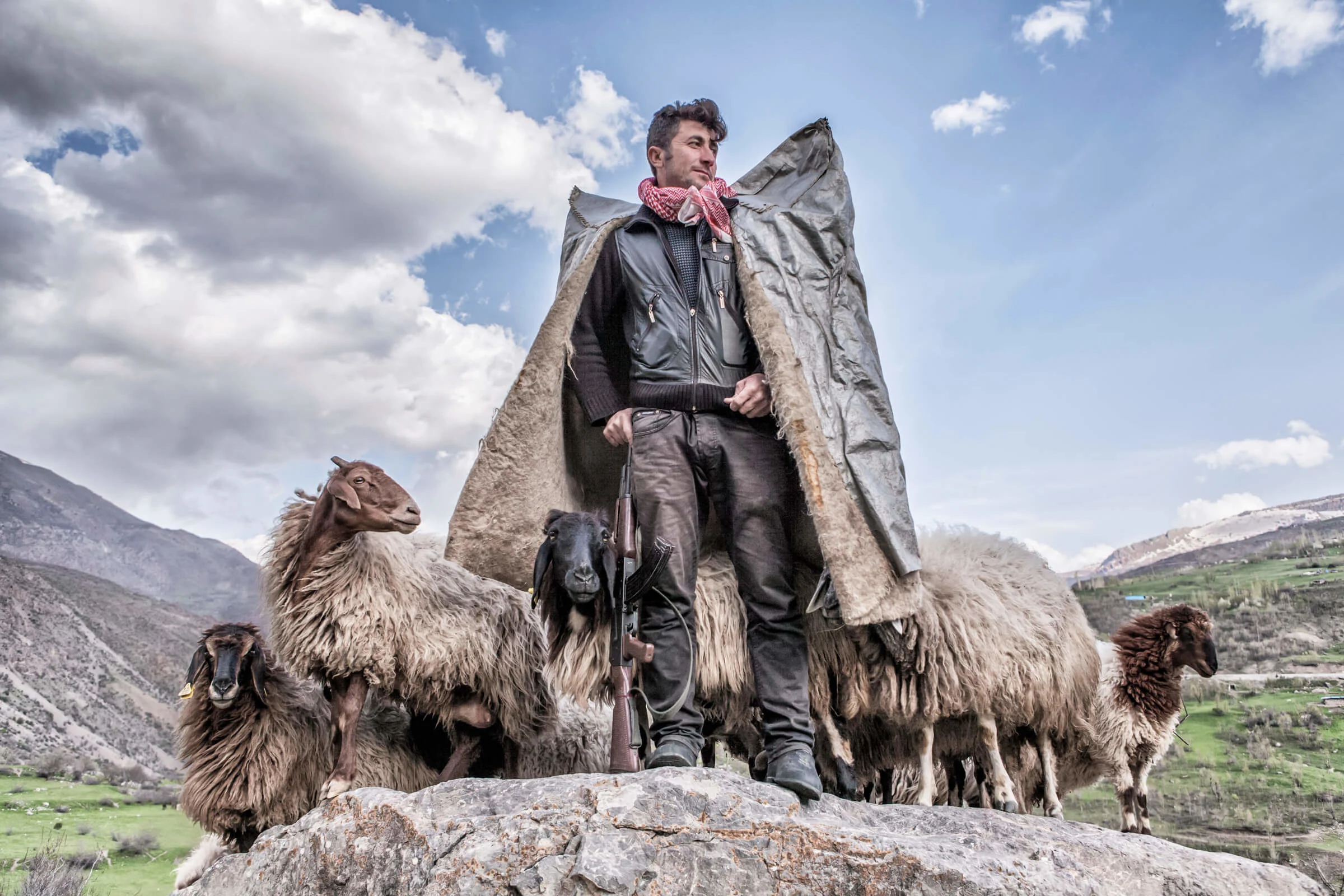
Just three years later, Nadir hosted his first solo photography exhibition while he was still at university. Eight years after that, he was assigned to Van Yuzuncu Yil University in eastern Turkey to lecture in photography and cinema.
“I was aware that Van has witnessed many cultures and peoples and is marked profoundly by its traditional villages, mountains, lakes and islands,” he says. Once he had settled and become familiar with his students and colleagues, he started to step further afield into the city. “I could tell Van was a city filled with character, and as a photographer this was something I wanted to explore,” he says.
The profound unease that comes with modern living is entirely absent in these villages.
The photos in the series capture people going about their daily lives; riding on horseback, bathing in the lakes and rivers, sitting around campfires and tending to their animals. Most noticeable is the stunning scenery that acts as a backdrop – from sprawling mountain ranges with snowy peaks to vast, dry open plains.
Nadir describes what he found while exploring as “hidden lives,” lives being lived off the beaten track, away from the hustle and bustle of the city. “Once I traversed the steep paths and reached remote mountain villages such as Toreli, Alacayar, Bilgi and Uzuntekne, I was greeted with a kind of lifestyle very few of us have ever witnessed.”

He met the region’s nomadic people in 2012 and one of them, Semsettin, took him to the highlands on horseback. “I felt like I was traveling in a different time,” he says. “I was fascinated by the eccentric relationship between the nomads and nature and animals.”
These lives felt a world away from what Nadir is used to. It’s underpinned by this relationship with the natural world – nature’s “unmitigated presence,” he writes, means, “the profound unease that comes with modern living is entirely absent in these villages.”

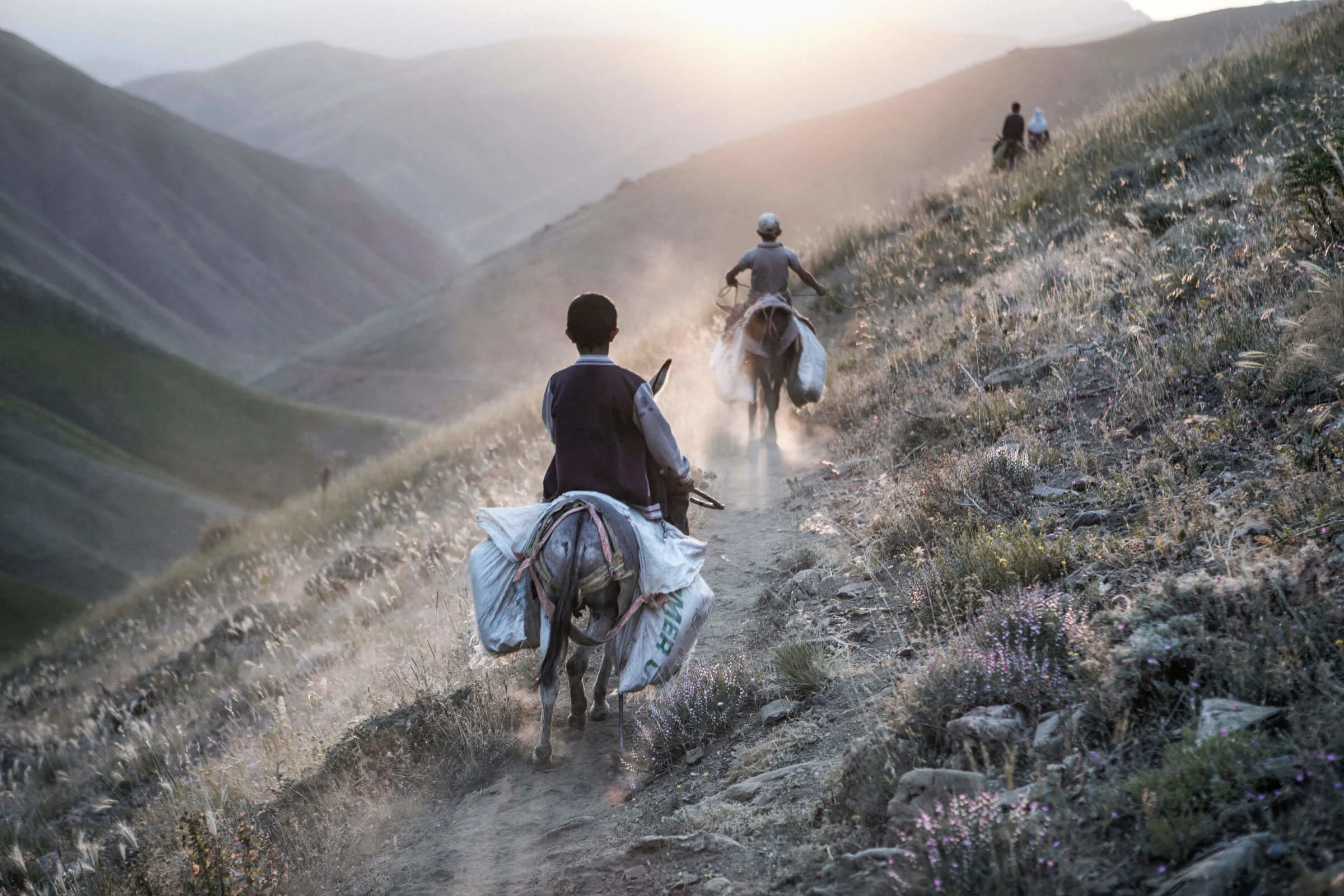
He’d never really considered what modern lives focused on technology were doing to people, but he became obsessed by these ideas. He read sociologists like Zygmunt Bauman, Paul Virilio, and Manuel Castells, who argue that “new technologies wiped out the concepts of time and place and gradually reduced human experiences.”
But as he journeyed the mountains and foothills around Van, Nadir felt that time and place seemed alive and well. Technology clearly has its upsides and downsides, but in Nadir’s pictures we see a world removed from its clutches.



